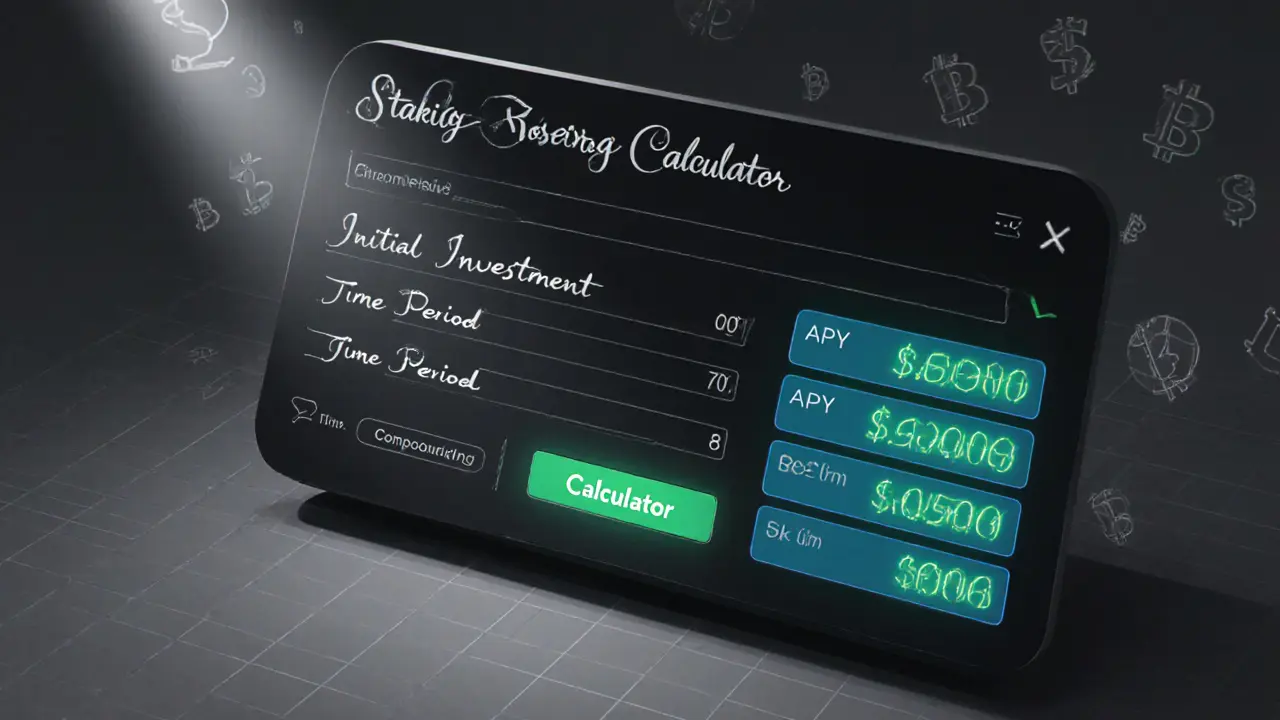Stake Crypto: Everything You Need to Know
When working with stake crypto, the act of locking digital assets in a proof‑of‑stake blockchain to support network security and earn periodic payouts. Also called crypto staking, it directly connects to staking rewards, the passive income you receive for participation. The whole system runs on proof of stake, a consensus model where the size of your stake determines the influence you have over block creation. To collect those rewards you must delegate your stake to a validator, the node that actually proposes and validates new blocks. In short, stake crypto encompasses earning passive income, requires a validator, and relies on proof‑of‑stake security.
Key Concepts in Crypto Staking
First, understand the difference between a validator and a delegator. Validators run full nodes, keep the chain online, and earn the bulk of the block reward. Delegators, or regular users, simply entrust their tokens to a trusted validator and share a slice of the reward. This delegation relationship creates a clear semantic triple: delegators provide stake, validators process transactions, and the network distributes rewards. Second, staking rewards vary by chain, inflation rate, and the overall amount of tokens staked. For example, Ethereum’s beacon chain offers a roughly 4‑5% annual yield, while newer networks can push 10‑15% to attract liquidity. Third, the tokenomics of a project often dictate the lock‑up period and any penalty for early withdrawal, a concept known as “unbonding”. Knowing these attributes helps you pick a platform that matches your risk tolerance.
Third, the tools you use matter. Staking can be done through native wallets (like Ledger, Trust Wallet, or MetaMask with staking modules), dedicated staking platforms (e.g., Kraken, Binance, or specialized services like Staked), or directly via blockchain‑native apps. Each option brings a trade‑off between control and convenience. Native wallets give you full custody but may require manual validator selection; platform services handle the technical side but keep your assets in their custody, adding a layer of counter‑party risk. Understanding this relationship—"staking rewards require a validator, which can be accessed via a wallet or platform"—helps you build a secure staking strategy.
Lastly, keep an eye on the broader market forces. Network upgrades, regulatory changes, and token price movements can all affect your effective yield. For instance, a sudden shift in a token’s price can turn a 10% reward into a negligible net gain after accounting for price volatility. Likewise, regulatory news—like new staking‑related tax rules in certain jurisdictions—can impact the after‑tax return. By staying informed about these external factors, you ensure that your staking approach remains profitable and compliant.
The collection below pulls together practical how‑tos, deep‑dive reviews, and up‑to‑date guides that cover everything from buying crypto in restricted markets to comparing decentralized exchanges, from sidechain mechanics to airdrop details. Whether you’re just curious about how staking works or you’re ready to delegate thousands of dollars, you’ll find actionable insights that fit your level.
How to Stake Crypto and Earn Rewards - Step‑by‑Step Guide
Learn step‑by‑step how to stake crypto, choose the best platform, avoid slashing, and earn passive rewards safely in 2025.
VIEW MORE
